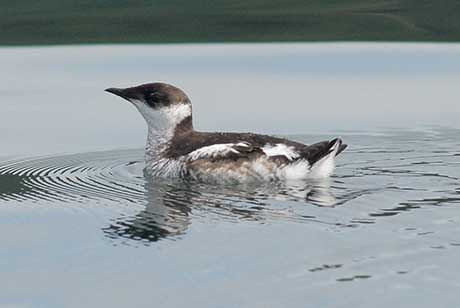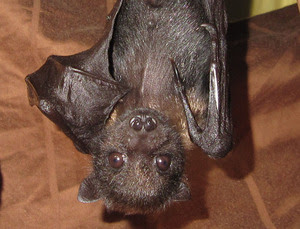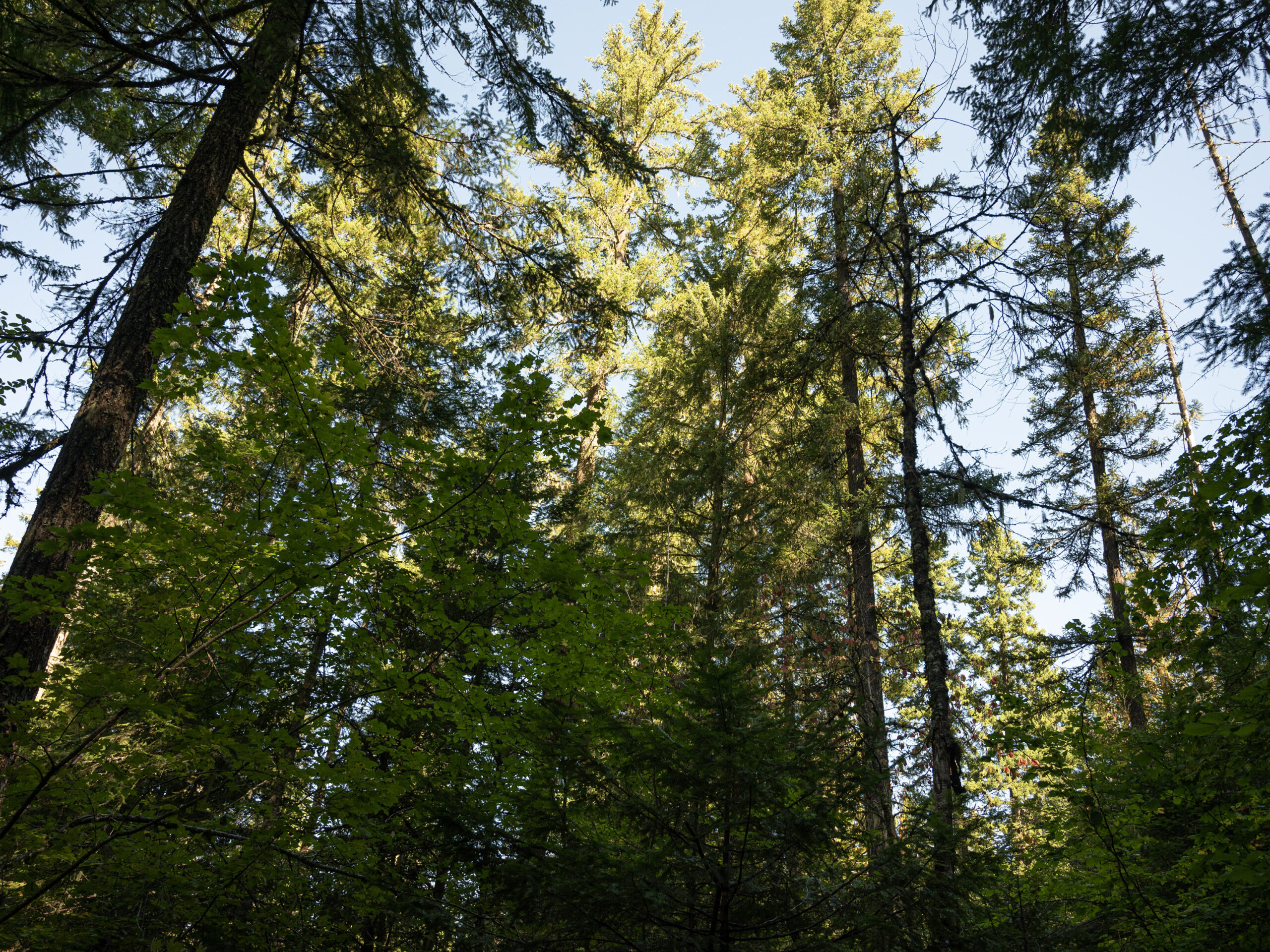[vc_row row_type=”row” use_row_as_full_screen_section=”no” type=”full_width” angled_section=”no” text_align=”left” background_image_as_pattern=”without_pattern” css_animation=””][vc_column width=”1/12″][/vc_column][vc_column width=”5/6″][vc_column_text]
Thank You to Our Volunteers!
Thanks to our awesome volunteers, we had a great year of conservation trips in the Gifford Pinchot National Forest! We led a number of beaver habitat surveys, collected seeds for post-fire restoration projects, did some riparian planting, measured huckleberry regrowth in treatment areas, and explored areas slated for timber harvest. We wouldn’t have accomplished half as much without the dedicated volunteers who help make it happen. We’d like to thank everyone who joined for trips this year. Your involvement makes a huge difference for our organization.
So far we’ve had 120 adult volunteers and 215 students join for trips in 2018, and we still have a few more trips planned for the year—a riparian planting trip and three Young Friends of the Forest trips. As we wrap up a great field season and gear up for planning another, we are feeling extremely grateful for everyone who has made it their mission to actively participate in the stewardship of this wonderful landscape of the southern Washington Cascades.

[/vc_column_text][vc_empty_space][vc_separator type=”normal” color=”#444444″ thickness=”3″][vc_empty_space][vc_column_text]
CFC‘s Banquet and Auction Recap
CFC‘s annual Banquet and Auction on October 4 was a rousing success! We had a great night celebrating with our friends and supporters, and raised more money than ever before for our conservation programs. You can take a look at some photos here: https://photos.app.goo.
A special thanks goes out to our sponsors below, and especially to the Cowlitz Indian Tribe for being our premier sponsor. At our event, we highlighted CFC‘s Young Friends of the Forest Program, which brings over 200 middle and high school students each year on science and restoration trips to the Gifford Pinchot National Forest. We’re grateful to everyone who attended for supporting this and many other projects in Washington’s South Cascades.
2018 Auction and Banquet Sponsors:
Cowlitz Indian Tribe, Mountain Rose Herbs, Friends of Mount Adams, Columbia Sportswear, Oregon RFID, Oregon Data, Hammer & Hand Construction, Home Advisor, Gordon King[/vc_column_text][vc_empty_space][vc_separator type=”normal” color=”#444444″ thickness=”3″][vc_empty_space][vc_column_text]
Volunteer of the Year – Bob Robison!

[/vc_column_text][vc_empty_space][vc_separator type=”normal” color=”#444444″ thickness=”3″][vc_empty_space][vc_column_text]
Comments on Marbled Murrelet Long-Term Conservation Strategy due November 6
Marbled murrelets are seabirds about the size of a robin, related to puffins, and some might say they are similar in shape to a potato. A majority of their lives are spent out at sea, where they feed on small fish and crustaceans. The nesting behavior of marbled murrelets was a mystery until 1974 when the first nest was discovered. These birds do not build a nest, but instead lay one egg on a mossy limb of an old growth conifer.

Read more in our blog, here: https://cascadeforest.
[/vc_column_text][vc_empty_space][vc_separator type=”normal” color=”#444444″ thickness=”3″][vc_empty_space][vc_column_text]
Join the CFC Canvass!
[/vc_column_text][vc_empty_space][vc_separator type=”normal” color=”#444444″ thickness=”3″][vc_empty_space][vc_column_text]
Happy Halloween from CFC!

[/vc_column_text][vc_empty_space][vc_separator type=”normal” color=”#444444″ thickness=”3″][vc_empty_space][/vc_column][vc_column width=”1/12″][/vc_column][/vc_row]







